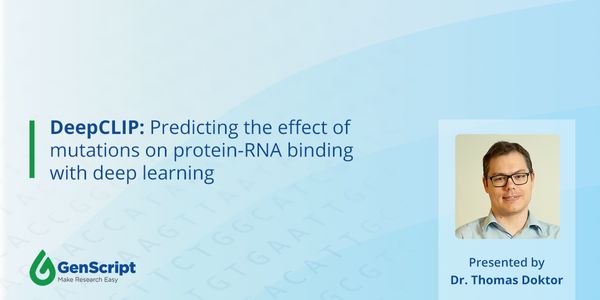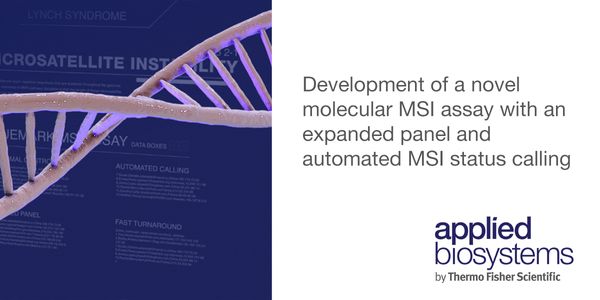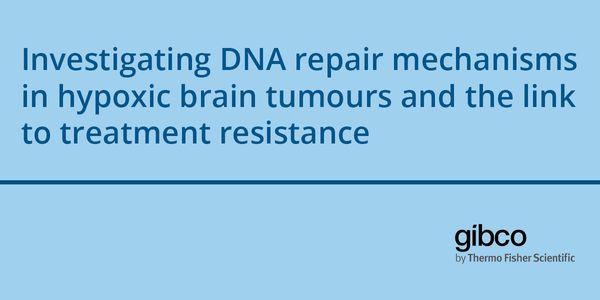Nuclear DNA
Nuclear DNA is a molecule with a double helix structure that is contained within the nuclei of eukaryotic cells. Nucleic DNA encodes the vast majority of the organism's genome, or the genetic information inherited from each parent.
-
AUG 19, 2021 | 8:00 AMDATE: August 19, 2020 TIME: 8:00am PT, 11:00pm ET Type 2 diabetes mellitus (T2D) is associated with an increased risk of osteoporotic fractures. Several factors have been identified as being...Nanopore sequencing has enormous potential in epigenetic applications; unlike traditional sequencing-by-synthesis technologies, it can distinguish covalently modified nucleotides directly th...
MAR 16, 2021 | 10:00 AM
Date: March 16, 2021 Time: 10:00am (PST) Scientific progress and breakthroughs today are often too expensive for most institutions to acquire. Each year, the National Institutes of Health (N...
Speaker:
Christopher Dant, PhD
Presented at: Thermo Fisher Scientific - Electron Microscopy Webinars
Sponsored By: Thermo Fisher Scientific
Sponsored By: Thermo Fisher Scientific
FEB 24, 2021 | 7:00 AM
Date: February 24, 2021 Time: 7:00am (PST) Nucleotide variants can cause functional changes by altering protein–RNA binding in various ways that are not easy to predict. This can affec...
As a response to various inflammatory stimuli, neutrophils and macrophages expel a mixture of their nuclear and granular elements in the form of extracellular traps (ETs). These web-like sub...
Extrachromosomal circular DNA (eccDNA) comprises products of genomic recombination that cause somatic changes in gene length and sequence. These circular molecules are derived from canonical...
Microsatellite instability (MSI) is a hypermutation phenotype that results from impaired DNA mismatch repair (MMR). The presence of high levels of MSI (MSI-H) is potentially predictive of Ly...
MAY 08, 2020 | 8:00 AM
DATE: May 8, 2020 TIME: 8:00am PT, 11:00am ET Microsatellite instability (MSI) is the condition of genetic hypermutability that results from impaired DNA mismatch repair (MMR). Studies indic...
The toxicology of particulate matter is complicated by characteristics not normally encountered when addressing poisonings associated with chemical substances. Particle shape, surface reacti...
APR 14, 2020 | 9:00 AM
DATE: April 14, 2020 TIME: 9:00am PDT, 12:00pm EDT Besides being Gibco Cell Culture Heroes, what do Vivek, Sandra, Daisy, Ameet and Kristine all have in common? They are all stuck at home fo...
Speaker:
Kristine Wadosky, PhD
, Ameet Chimote, PhD
, Elizabeth Delery, PhD
, Daisy Shu, B.Optom, PhD
, Vivek Kamat, PhD
, Sandra Hammer, PhD
Sponsored By: Thermo Fisher Scientific/Gibco
Prodrugs are harmless in their native state, as they are not targeted by human enzymes. But they can be converted into highly toxic compounds (the “drug”) by viral or bacterial en...
As the most common female malignancy, breast cancer is the most likely reason that a woman will die of cancer around the world. Breast cancer mortality has dropped in the U.S. by 35% since 19...
Speaker:
Benjamin Anderson, MD
Lung cancer is the leading cause of cancer-related mortality worldwide. Large-scale sequencing studies have revealed the complex genomic landscape of NSCLC and genomic differences between lun...
Speaker:
Nicholas McGranahan, PhD
























